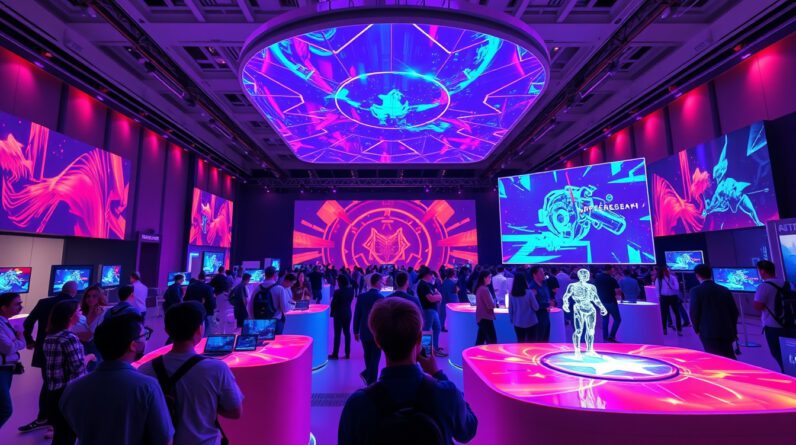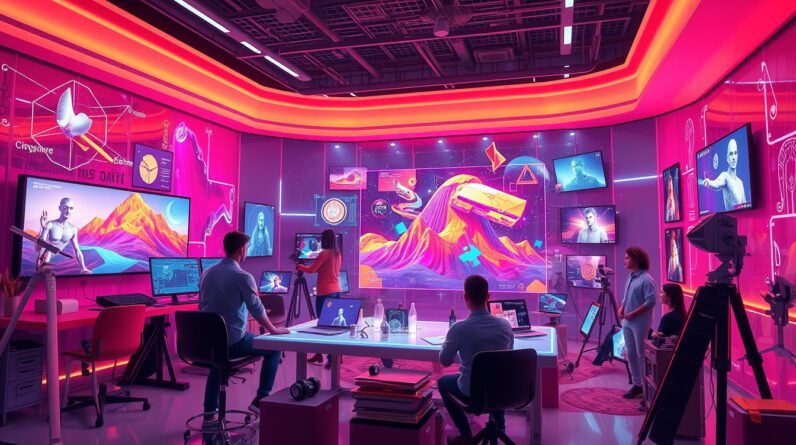
Unity 6 Engine: A Revolution in Game Development
Unity Technologies has launched the latest iteration of its game development platform, Unity 6, which promises to significantly enhance the game development process. With groundbreaking features such as native support for Windows on Arm, an updated Sentis AI Library, improved graphics performance, and more, Unity 6 is set to redefine modern game development.
Native Windows on Arm Support
One of the standout features of the Unity 6 engine is its native support for Windows on Arm. This development empowers game creators by allowing them to utilize the Unity Editor and compile applications directly on Arm-based Windows systems. This enhancement opens a world of possibilities for developers who prefer the burgeoning Arm architecture, ensuring that they can build and optimize their projects without needing to switch to other architectures.
Updated Sentis AI Library
Unity 6 introduces an updated Sentis AI Library. This new version of the library enhances the integration of artificial intelligence into game development projects, enabling developers to create more intelligent and responsive gaming experiences. With Sentis AI, game developers can implement complex AI-driven behaviors more efficiently, enabling more dynamic and engaging gameplay.
Improved Graphics Performance
The graphics performance improvements in Unity 6 are another area where the engine excels. Unity Technologies has optimized the CPU load during rendering by offloading various tasks to the GPU. This strategic shift leads to a noticeable boost in overall performance, allowing games to run smoother and with greater visual fidelity.
Enhanced Graphics Capabilities
Beyond performance, Unity 6 also features enhanced graphical capabilities, providing game developers with advanced tools to bring their creative visions to life. This includes new lighting options, improved environment rendering, and more realistic effects such as fog, clouds, and water. Furthermore, the introduction of a ray tracing API available on all platforms gives developers access to high-end graphical effects, allowing for more realistic and immersive visual experiences.
Cross-Platform Compatibility
Unity 6 continues Unity’s tradition of broad cross-platform compatibility. Developers can seamlessly develop their games on Windows, macOS, and Linux systems. This level of compatibility ensures that Unity remains accessible and useful to a wide range of developers across different operating systems.
General Performance and Stability
Unity 6 has been designed to be significantly faster and more stable than its predecessor, Unity 5. Internal testing has demonstrated a fourfold increase in CPU performance, translating into a more reliable and efficient development experience for creators around the globe. These improvements in performance and stability mean developers can focus on innovation without being hampered by technical limitations.
Conclusion
In summary, the release of Unity 6 marks a significant milestone in the world of game development. With features such as native support for Windows on Arm, advanced AI integration, and superior graphical performance, Unity 6 offers developers the tools they need to push the boundaries of their creativity. As the industry continues to evolve, Unity 6 ensures that developers remain at the cutting edge, equipped to build the next generation of interactive experiences.




